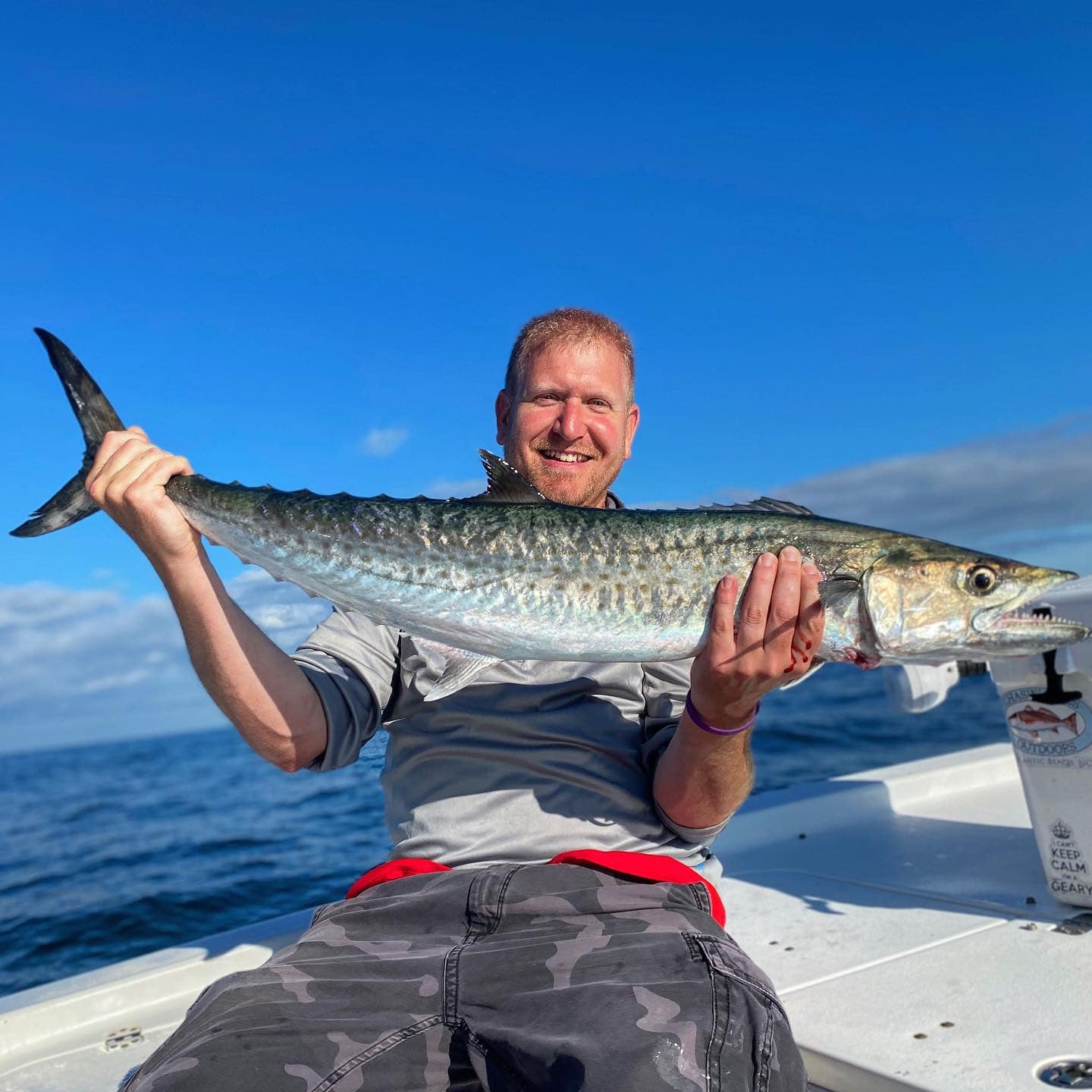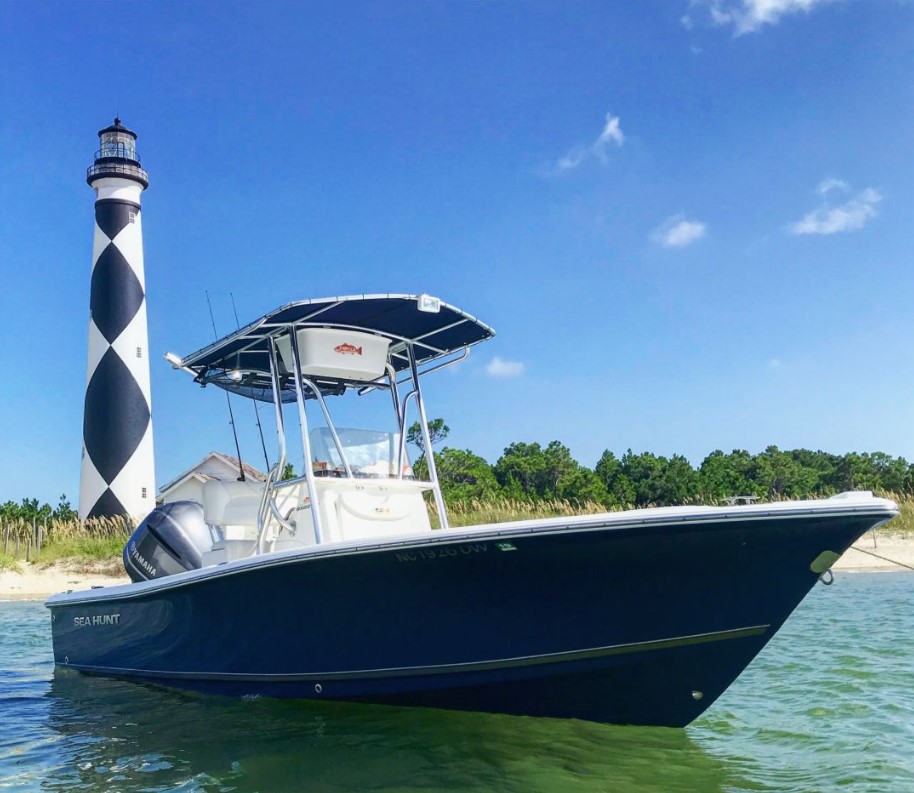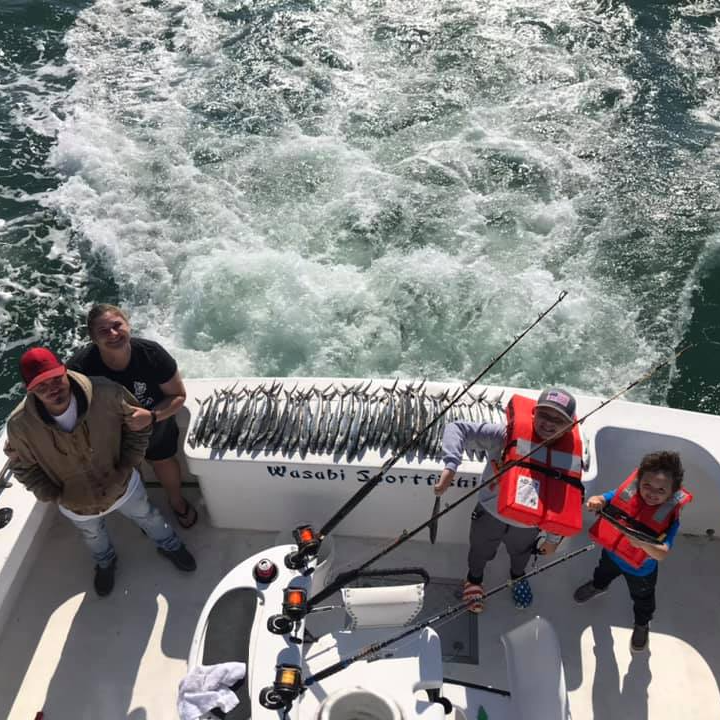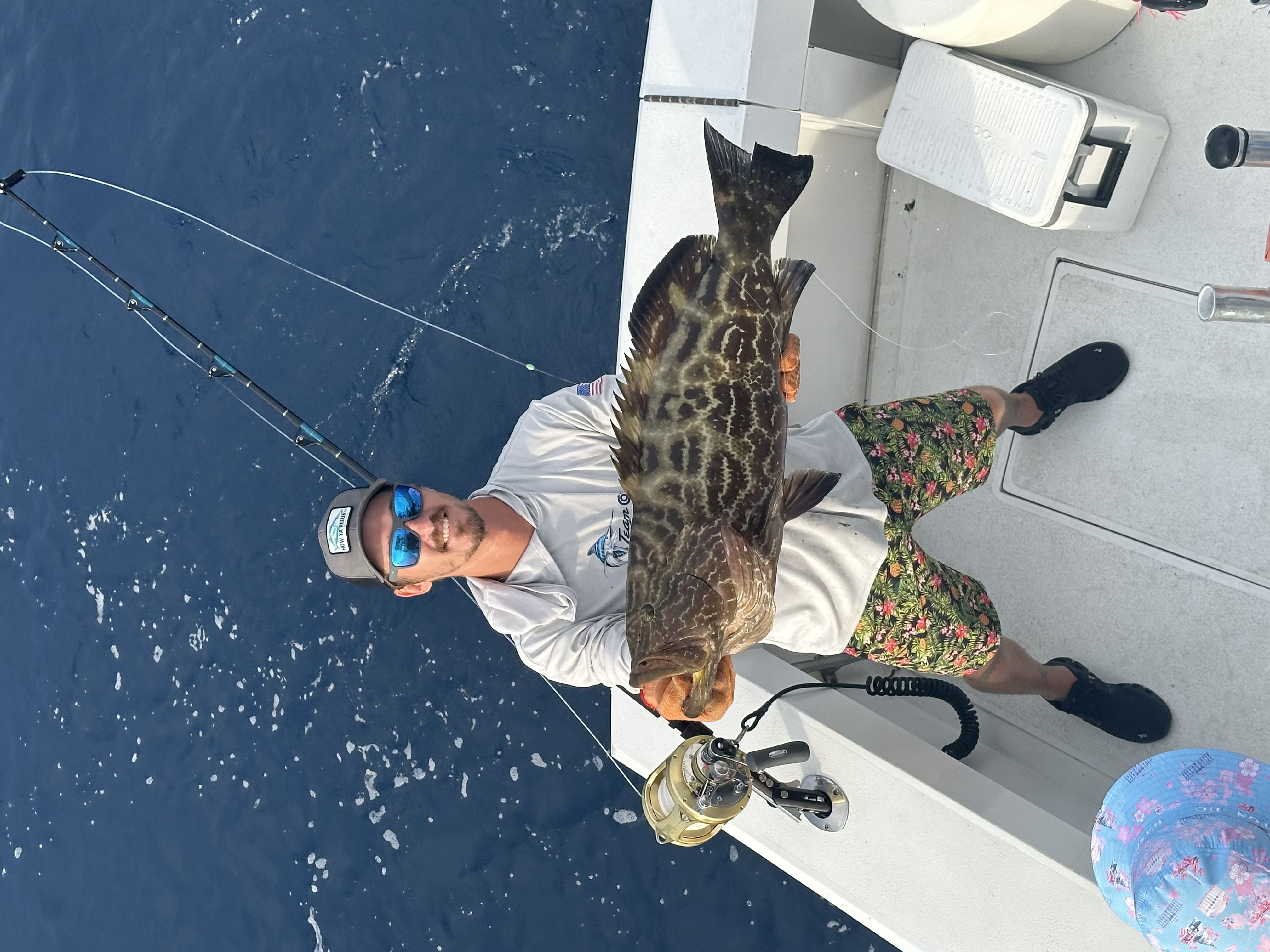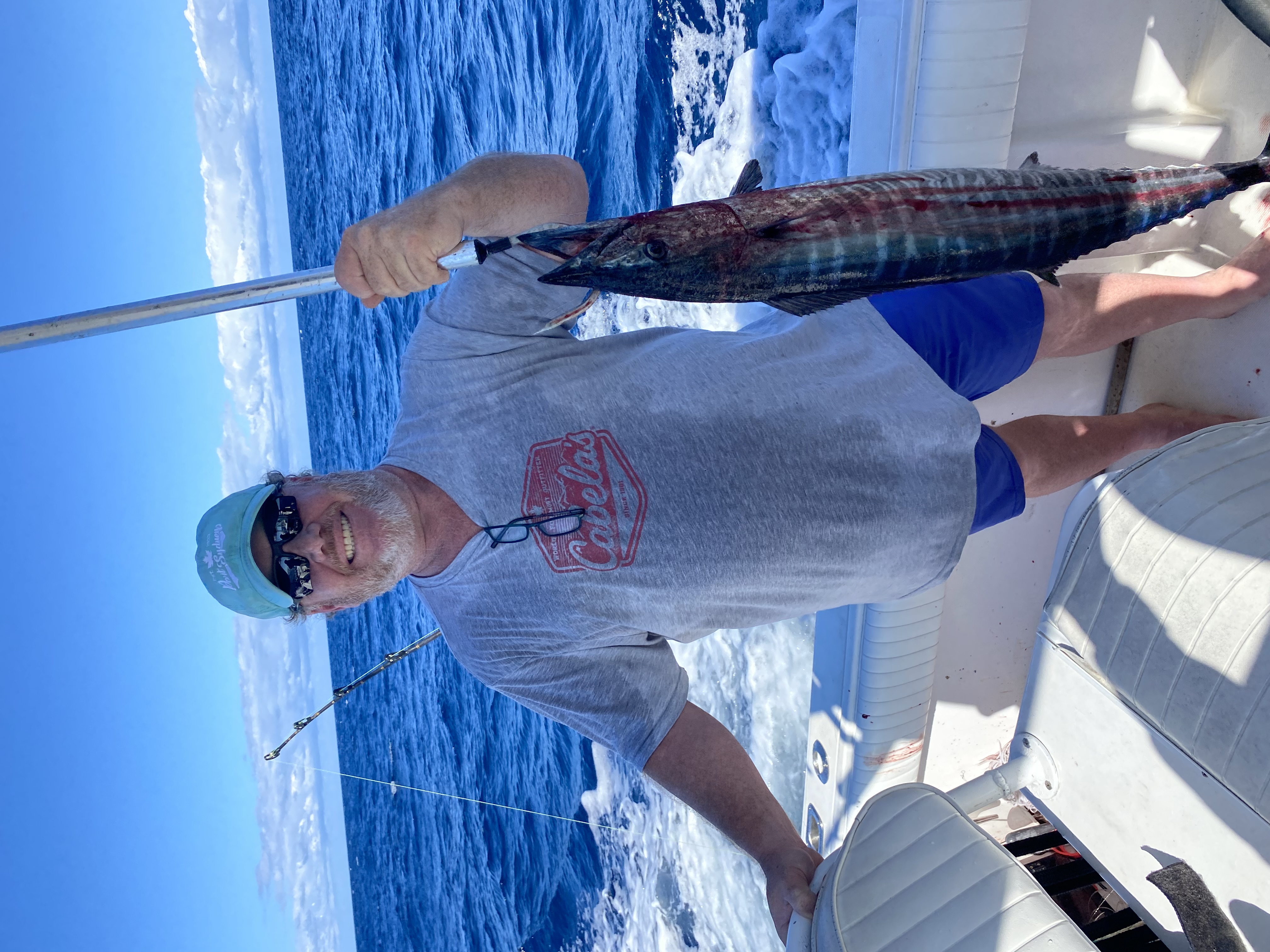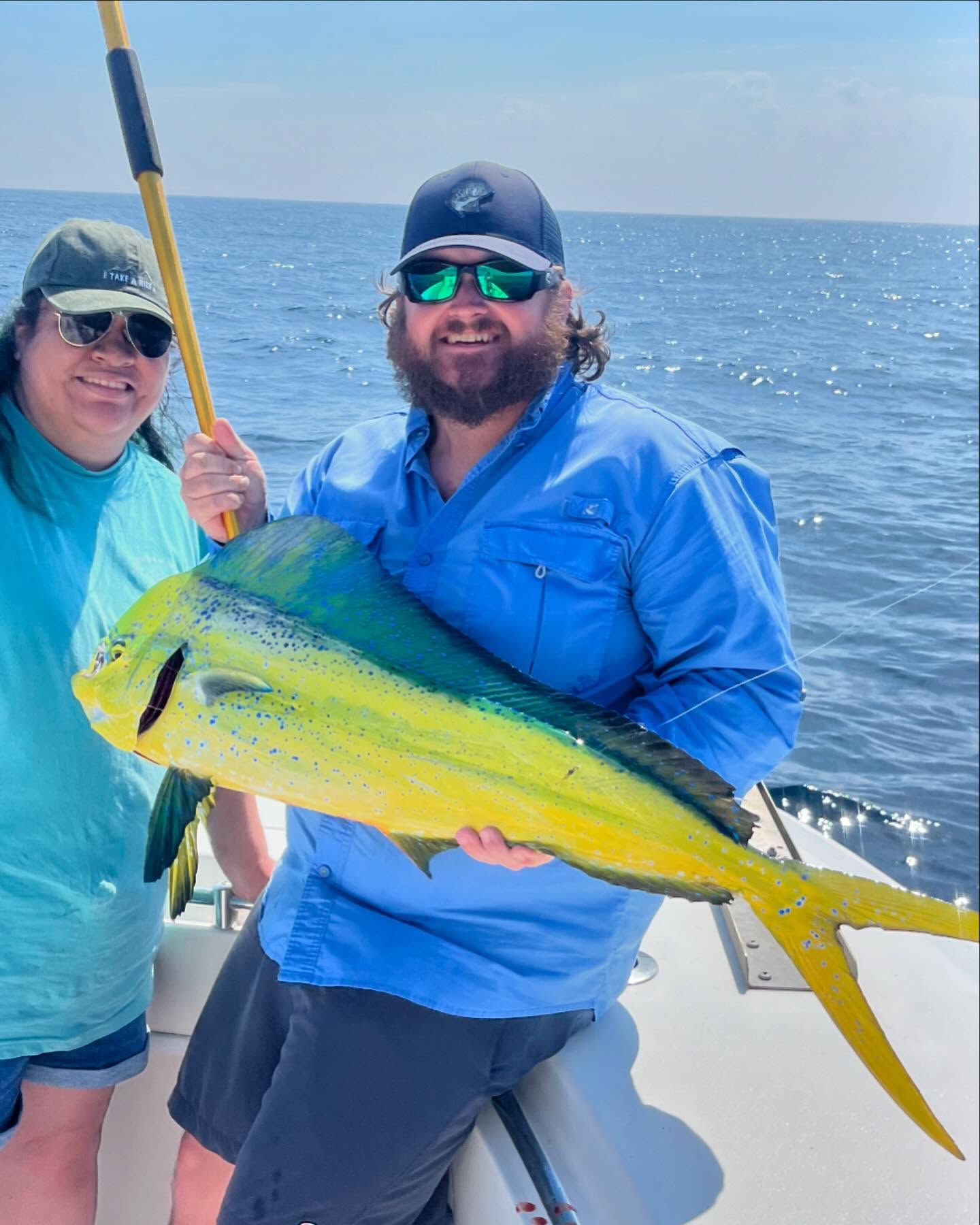Nearshore Fishing in Atlantic Beach
Nearshore/Ocean Fishing
Nearshore Fishing in Wilmington
Wrightsville Beach Nearshore
Nearshore Fishing in Morehead City
Quick Trips Lots Of Action!
VIP SPORTFISHING & OCEAN SKEET
Deep Sea Fishing in West Palm Beach
1/2 Day Fishing Trip
Inshore, Deep Sea, Nearshore in Nassau
Fishing Nassau Bahamas
Dry Tortugas Multi-Day Trip
Inshore, Nearshore Fishing in Newport
Inshore/Nearshore - 30' Contender
Deep Sea Fishing in Riviera Beach
Full Day Offshore Fishing
Deep Sea Fishing in Riviera Beach
3/4 Offshore Fishing
We started Captain Experiences to make it easy to book fishing and hunting guides around the world. With over 2,000 Damn Good Guides, our platform makes finding and booking a trip seamless. Head here to check out our trips.
If you read the title and thought to yourself “Wait, there’s a difference?” you are not alone. The names “bonito,” “skipjack,” and “little tunny” (and even “false albacore”) are used almost interchangeably everywhere from colloquially to online resources claiming to be experts.
For those of you who have fallen into the rabbit hole trying to figure it out for yourself, I am here to tell you I’ve fallen in and survived the climb back out, and am ready to tell the tale. Below are the answers to all your questions on who these fish are, why they’re so often confused with one another, and what the final word is on their differences.
What Even Is a Bonito? What Is a Skipjack? Little Tunny?
Bonito, skipjack tuna, and little tunny are all marine fish that are members of the same sub-family, called Scombrinae. Scombrinae are ray-finned, bony fishes that include four “tribes”: Mackerels, Spanish Mackerels, Bonitos, and Tunas.
All members of this sub-family (Scombrinae) have a tapered - almost bullet-shaped - muscular body that makes them fast swimmers and ferocious fighters when caught. They are all at least semi-migratory while following prey, and are fished both commercially and recreationally. They also all have two dorsal fins (one that is spiny and one that is soft) as well as having somewhere between a deeply forked and a lunate (semi-forked) tailfin.

(Atlantic Bonito, Source: The Institute of Marine Research)
Where Can I Find Bonito, Skipjack Tuna, and Little Tunny?
In general, skipjack tuna, bonito, and little tunny can all be found in temperate to tropical waters in the Atlantic, Pacific, and Indian Oceans and their surrounding gulfs and seas. They are all pelagic, meaning they tend to inhabit the upper layers of the open sea, not too close to the seafloor or the shore.
If you want to get into the specifics of each species, however, it does get more complicated than this.
Where Do Bonito Live?
Bonito actually represent an entire tribe of the Scombrinae sub-family, not a specific species (like skipjack tuna or little tunny do). The scientific name for the bonito tribe is Sardini, which is then broken down into four generas containing eight species. This includes the Australian, Eastern Pacific, Pacific, striped, Atlantic, leaping, and plain bonito, as well as the dogtooth tuna (which is not a member of the tuna tribe itself. Also confusing, we know. That’s for a separate blog post).
The Australian, Eastern Pacific, Pacific, and Atlantic bonitos can be found in the tropical and temperate waters of the regions they’re named after. Striped bonitos can be found in the Atlantic and the Pacific oceans. Leaping bonitos are found near Australia and New Guinea. Dogtooth tuna are found in the Indian and Pacific oceans.
Where Do Skipjack Tuna Live?
Skipjack Tuna are found in the temperate and tropical waters of the Atlantic, Pacific, and Indian oceans.
Where do Little Tunny / False Albacore Live?
Little Tunny are found only in the Atlantic.
Did you notice that many of the regions bonito, skipjack, and little tunny live in are large and overlapping? This is part of what makes it so difficult to distinguish between them, and why their names are used so interchangeably by locals.
On top of that, being that they are all schooling fish that reside in similar areas of the water column in the same waters and hunt the same types of prey, they tend to school together! So really you could be fishing in a school of several types of bonito and skipjack tuna and little tunny at the same time. Very similar to lunch time at the family reunion: you’re probably going to get confused as to which cousin is which when everyone looks pretty similar and they’re all rushing for the same food!

(Little Tunny, Source: mexican-fish.com)
So How Can I Tell a Difference Between Little Tunny and Bonito and Skipjack Tuna?
Skipjack, arctic bonito, banjo, lesser tunny, false albacore, mushmouth, ocean bonito, oceanic skipjack, skipper, skippy, stripe bellied bonito, false albacore, striped bellied tunny, striped tunny, victor fish, watermelon, and white bonito. We’ve all heard these nicknames and real names used interchangeably. Are these all the same fish or not? What is accurate, and why?
When it comes down to the nitty gritty of it all, there are many subtle differences between the 8 species of bonito, the skipjack tuna, and the little tunny or false albacore. Their anatomical differences such as having or lacking notches in their hypural plate, having or lacking a bony lateral keel on the posterior caudal vertebrae, differences in circulatory systems, and more are what separate each species within their genera and tribes.
However, instead of giving you a science lesson, which would probably have you asleep before you even got the answers you were looking for, let’s break it down instead by some of the differences that you can observe as an interested, everyday angler.
Bonito vs Skipjack Tuna and Little Tunny: Defining Differences
One of the biggest differences here, as mentioned above, is that bonito is actually a tribe of fish that break down into eight different species, whereas skipjack tuna and little tunny are specific species within the Thunnus tribe, commonly called tunas. This makes distinguishing bonito themselves a little more difficult, as each species has slightly different markings and characteristics.
Something that makes the bonito tribe unique among the Scombrinae sub-family is that it contains one species that has a swim bladder, whereas every other species does not. This is significant because all of the species that lack a swim bladder need to constantly be swimming in order to maintain basic functions such as buoyancy in the water.
Another way to distinguish bonito from these two tunas is that bonito all have some form of stripes along their back and/or sides. These stripes can range in color, thickness, shape, and design, but they will be there. Their anal fin (the fin that is furthest back on their bellies) is further up than that of the little tunny and skipjack. They also have a deeply forked tail fin.
Their meat also contains a very moderate fat content, compared to those of the tuna tribe, who has a much lighter content. That being said, different species of young bonito have very similar flesh to that of a skipjack tuna, and are often used as a substitution in canning.

(Skipjack Tuna, Source: enviearth.com)
Skipjack Tuna and Little Tunny vs Bonito: Defining Differences
Skipjack tuna and little tunny are both species within the tuna, or Thunnus, tribe, but belong to two different genera within it. Skipjack tuna (K. pelamis) are part of their own genus, Katsuwonus, whereas little tunny (E. alletteratus) share the genus Euthynnus with mackerel tuna and black skipjack tuna.
Something that makes these two tuna, and all tuna, different from bonito is that they can maintain a body temperature higher than the water they’re in. This helps to increase their swimming speeds, lower energy expenditure, and survive in cooler water temperatures.
Both also have a metallic dark or blue dorsal side that fades to a silver or white belly, which is a pattern used as camouflage. They also have a lunate, or semi-forked, tail fin. Skipjack tuna will have seven to nine finlets between their dorsal and tail fine, whereas little tunny will have eight.
Their meat is much lower in fat content than that of adult bonitos. They both have a darker coloring to their meat, ranging from dark pink to red. Though, their preference as table fare can range regionally. Skipjack tuna is a pretty standard choice for canning worldwide, whereas little tunny is not as widely liked. It is recommended that if you are to consume, they should be bled immediately and prepared as fresh as possible. In fact, little tunny is regarded as excellent sushi grade tuna when prepared correctly.
Little Tunny vs Skipjack Tuna and Bonito
Just kidding...haven’t we been through enough already?
Looking to See for Yourself?
Now that you have the breakdown of what and where these different species are, the best way to put this knowledge into practice is to go and catch them yourself! Give us a call and we can help you find the best trip that fits the location to help you tighten some lines on false albacore, skippys, or whatever the locals call them in whichever ocean you’d like to go!

June 28, 2023

August 21, 2023

July 1, 2024

April 15, 2022

January 19, 2021
Related Articles
February 28, 2022
March 23, 2022
April 4, 2022
Featured Locations
- Fishing Charters Near Me
- Austin Fishing Guides
- Biloxi Fishing Charters
- Bradenton Fishing Charters
- Cabo San Lucas Fishing Charters
- Cancun Fishing Charters
- Cape Coral Fishing Charters
- Charleston Fishing Charters
- Clearwater Fishing Charters
- Corpus Christi Fishing Charters
- Crystal River Fishing Charters
- Dauphin Island Fishing Charters
- Daytona Beach Fishing Charters
- Destin Fishing Charters
- Fort Lauderdale Fishing Charters
- Fort Myers Fishing Charters
- Fort Walton Beach Fishing Charters
- Galveston Fishing Charters
- Gulf Shores Fishing Charters
- Hatteras Fishing Charters
- Hilton Head Fishing Charters
- Islamorada Fishing Charters
- Jacksonville Fishing Charters
- Jupiter Fishing Charters
- Key Largo Fishing Charters
- Key West Fishing Charters
- Kona Fishing Charters
- Lakeside Marblehead Fishing Charters
- Marathon Fishing Charters
- Marco Island Fishing Charters
- Miami Fishing Charters
- Montauk Fishing Charters
- Morehead City Fishing Charters
- Naples Fishing Charters
- New Orleans Fishing Charters
- New Smyrna Beach Fishing Charters
- Ocean City Fishing Charters
- Orange Beach Fishing Charters
- Panama City Beach Fishing Charters
- Pensacola Fishing Charters
- Pompano Beach Fishing Charters
- Port Aransas Fishing Charters
- Port Orange Fishing Charters
- Rockport Fishing Charters
- San Diego Fishing Charters
- San Juan Fishing Charters
- Sarasota Fishing Charters
- South Padre Island Fishing Charters
- St. Augustine Fishing Charters
- St. Petersburg Fishing Charters
- Tampa Fishing Charters
- Tarpon Springs Fishing Charters
- Venice Fishing Charters
- Virginia Beach Fishing Charters
- West Palm Beach Fishing Charters
- Wilmington Fishing Charters
- Wrightsville Beach Fishing Charters
